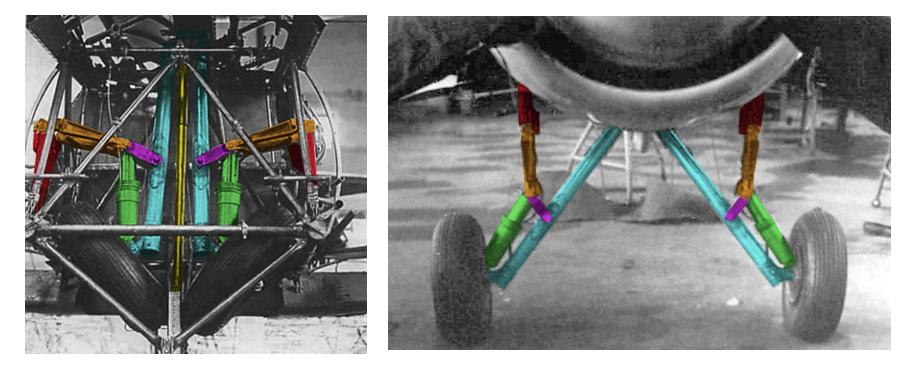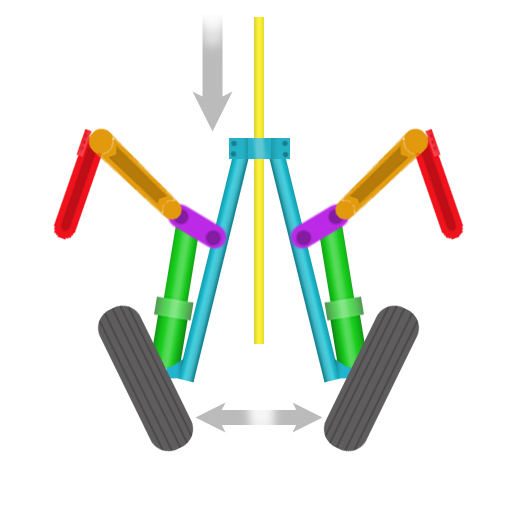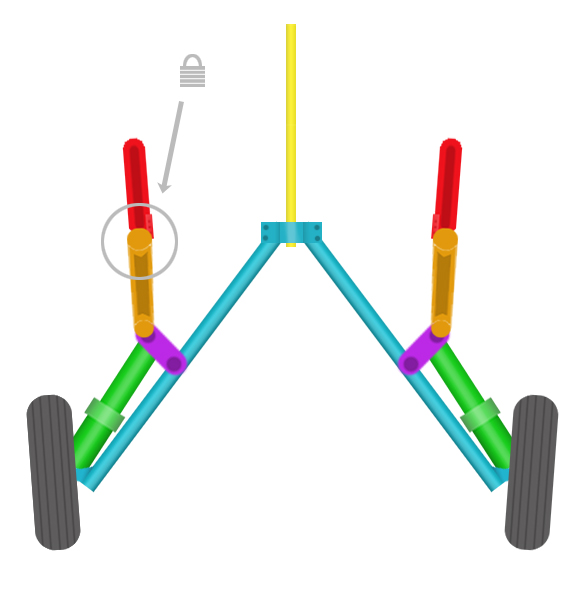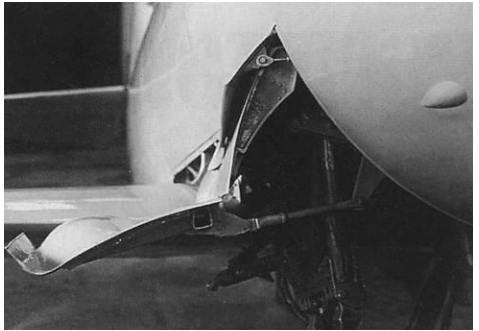
Part I. Landing Gear
The Borovkov-Florov I-207 family of
prototype fighters derived from the experimental 1937 'aircraft
(Factory) No. 7211'. This advanced biplane design was the creation of
senior Polikarpov OKB designers A.A. Borovkov and I.F. Florov, and its
history and development have been admirably covered by Mikhail Maslov
in M-Hobby magazine (issue #42). A summation of Maslov's description may be found here.
The I-207 No.4 prototype (also written as "I-207/4") in particular has caught the eye. Not only, of course, for the nice streamlining of the machine, but also for the curious technical features to be seen on the aircraft-- dural skinned all-metal wings with no inter-plane struts, shpon fuselage skinning, moveable rear fairing with integrated tail-wheel, and so on. However, the No.4 is also the least well known of the I-207 family, and photographs of this prototype are not common.
It was for this reason that the idea to analyse the type came into existence. In this series we hope to take a closer look at the No.4 prototype, and to investigate some its interesting features.
Retractable Landing Gear
A close look at the I-207/4's main landing gear reveals that these units are identical to those mounted on the No.3, save for a few small detail changes relating to the No.4's gear door covers. The influence of the designers' Polikarpov OKB background is seen throughout the type, and certainly with respect to the gear. The retractable unit it not dissimilar to that seen on the I-153, for example, and in mechanical operation it is clearly related.

Gear retraction in the I-207/4 (and /3) was manual, operated by a hand-crank in the cockpit in the same manner as other contemporary Polikarpov designs such as the I-153 and I-16.
The I-207 No.4 prototype (also written as "I-207/4") in particular has caught the eye. Not only, of course, for the nice streamlining of the machine, but also for the curious technical features to be seen on the aircraft-- dural skinned all-metal wings with no inter-plane struts, shpon fuselage skinning, moveable rear fairing with integrated tail-wheel, and so on. However, the No.4 is also the least well known of the I-207 family, and photographs of this prototype are not common.
It was for this reason that the idea to analyse the type came into existence. In this series we hope to take a closer look at the No.4 prototype, and to investigate some its interesting features.
Retractable Landing Gear
A close look at the I-207/4's main landing gear reveals that these units are identical to those mounted on the No.3, save for a few small detail changes relating to the No.4's gear door covers. The influence of the designers' Polikarpov OKB background is seen throughout the type, and certainly with respect to the gear. The retractable unit it not dissimilar to that seen on the I-153, for example, and in mechanical operation it is clearly related.

To left we have an image of the
No.3 prototype's gear in the retracted position. The arrangement is
essentially identical to that on the No.4, to right. The various
components of the gear system are highlighted in the same colour in
each image, showing their respective position and deployment. When
retracted, the main gear struts [blue] slide upwards and inwards along
a central strut [yellow], dragging the tyres and the oleo units [green]
with them. Forked crutches [red and orange] pivot and fold with the
movement, attaching via a smaller clamp [purple].

As the gear is extended, the main struts slide downwards. This
action forces the tyres to splay outwards, but keeping the oleo units
in the same relative position. The mounting forks on each side
unfold in the process.

Once the gear is fully extended, the tyres have moved through to
about 85 degrees (or so). The gear is locked in the downward position
by latch pins at the joint between the two main crutches. Gear
retraction simply involves a reversal of the same process.
The 1-207/4 was fitted with different gear door covers than the No.3. These consisted of a main, two-part hinged door section whose top portion slid underneath a moving cover at the top. The gear bay door actuation level is clearly in view in the photo.



The 1-207/4 was fitted with different gear door covers than the No.3. These consisted of a main, two-part hinged door section whose top portion slid underneath a moving cover at the top. The gear bay door actuation level is clearly in view in the photo.

Gear retraction in the I-207/4 (and /3) was manual, operated by a hand-crank in the cockpit in the same manner as other contemporary Polikarpov designs such as the I-153 and I-16.
...........................